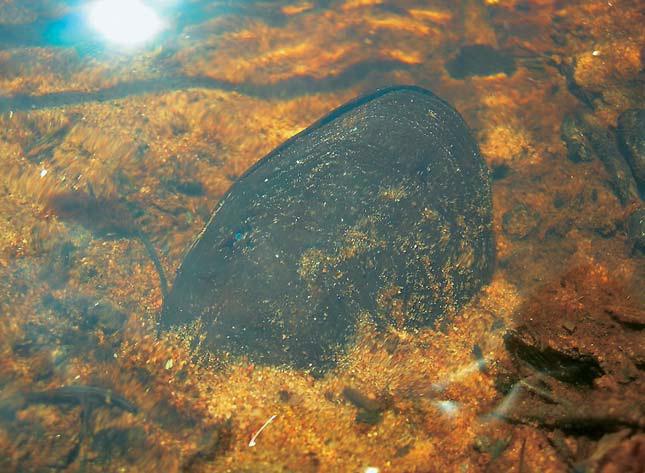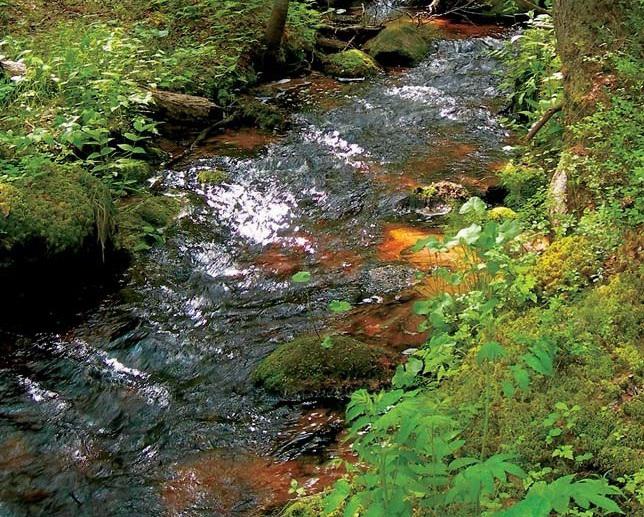This project looks at the discovery of the unknown pearl mussel populations, prevention of their disappearance and activities on their restoration.

A river pearl was well known in Europe relatively recently. It was picked out from a river mollusc – pearl mussel Margaritana margaritifera L. A remarkable feature of this mussel consists in the fact, that it reproduces by means of salmon fishes: its larvae live and develop on the gills and fins of Atlantic salmon (Salmo salar L.) or brown trout (Salmo trutta L.). It is considered that mussel larval infection is not harmful for fish. The presence of pearl mussel makes positive influence on salmon populations, because these molluscs purify water in the places, where salmon breeds and where the juvenile salmons live. Moreover, molluscs congestions contribute to creation of numerous micro-habitats suitable for young salmons.

Pearl mussels populations are declining rapidly over the whole Europe. Many populations have been disappeared. The condition of salmon populations is not perfect too. Salmon fisheries management and mussel restoration actions are not well coordinated. Pearl mussel is not mentioned in the plans for salmon assessment, while the action plans on pearl mussel often do not contain enough information on salmon fisheries. However, salmons and pearl mussels compose a biological system. Its destruction provokes a vicious circularity: the lack of salmons provokes the lack of mussels, while the lack of mussels contributes salmon population decline, because a river becomes less resistant to eutrophication and less abundant in microhabitats for salmon juveniles.
Now many populations of pearl mussel are represented only by very old individuals, which did not breed successfully over many years because of the absence of salmon. However the possibility to mussel population restoration in such conditions still exists, because this mollusc is a “non-ageing” organism capable to live more then 100 years without losing the reproduction capacity.
Salmon and trout rivers in Saint-Petersburg area are numerous. However they still remain to be almost unexplored in respect to pearl mussel. The pilot project aims to study current condition of Margaritana margaritifera populations, and to elaborate the activities for its conservation and restoration.
The project originated from a work on restocking of one salmon population in a sanctuary close to Saint-Petersburg (Gladyshevsky). In 2006 the pearl mussel population was found there and some measures for its restoration were undertaken (a release of salmon juveniles during a season of pearl mussel reproduction in the place, where the congestions of mussel remained). The extension of such experience to other populations is planned.